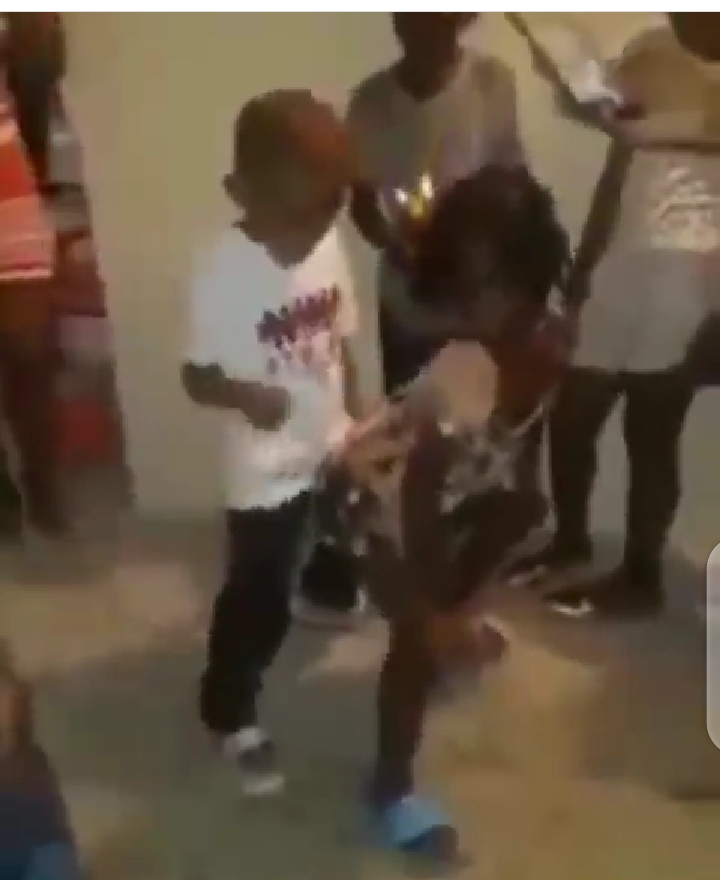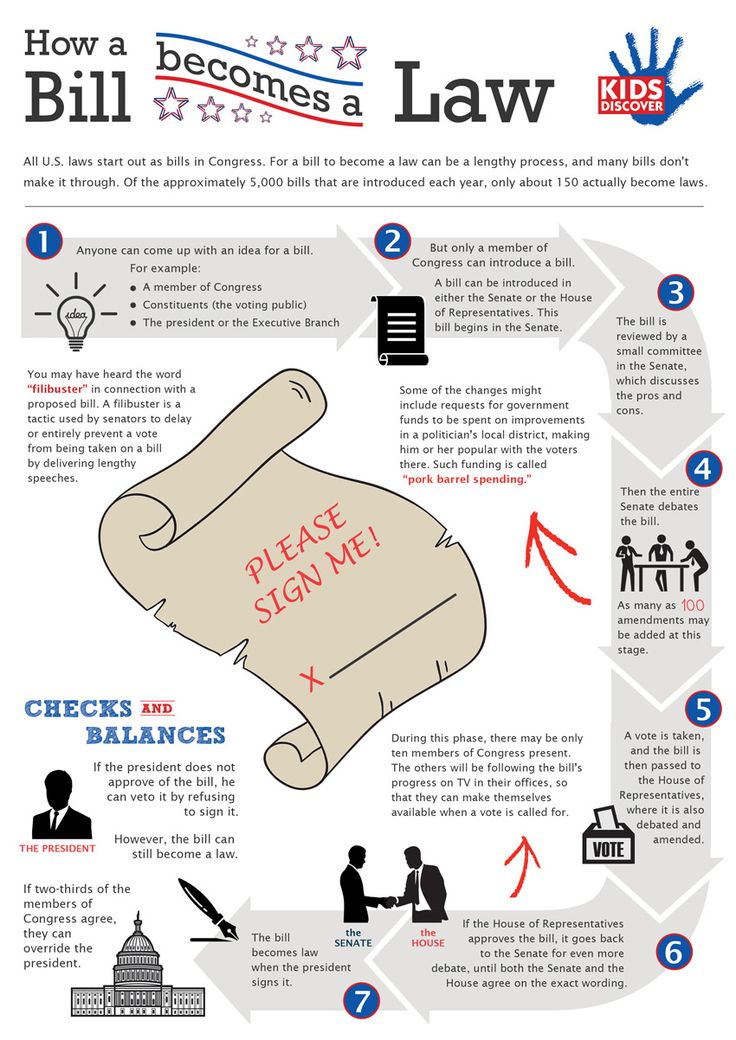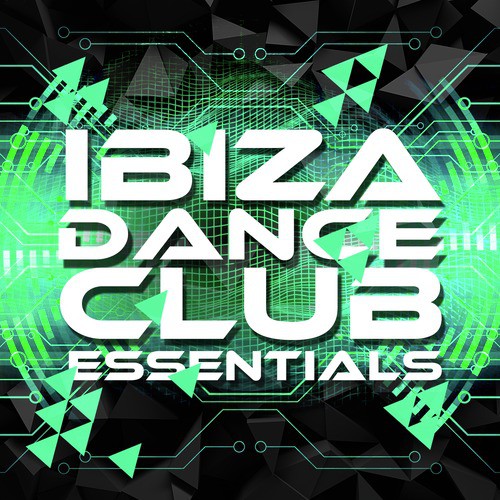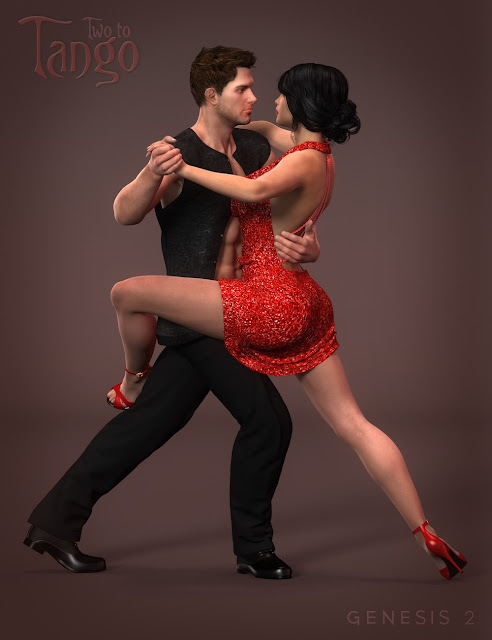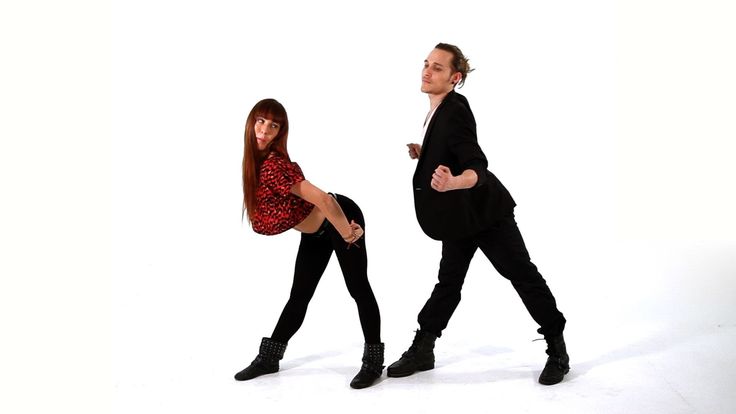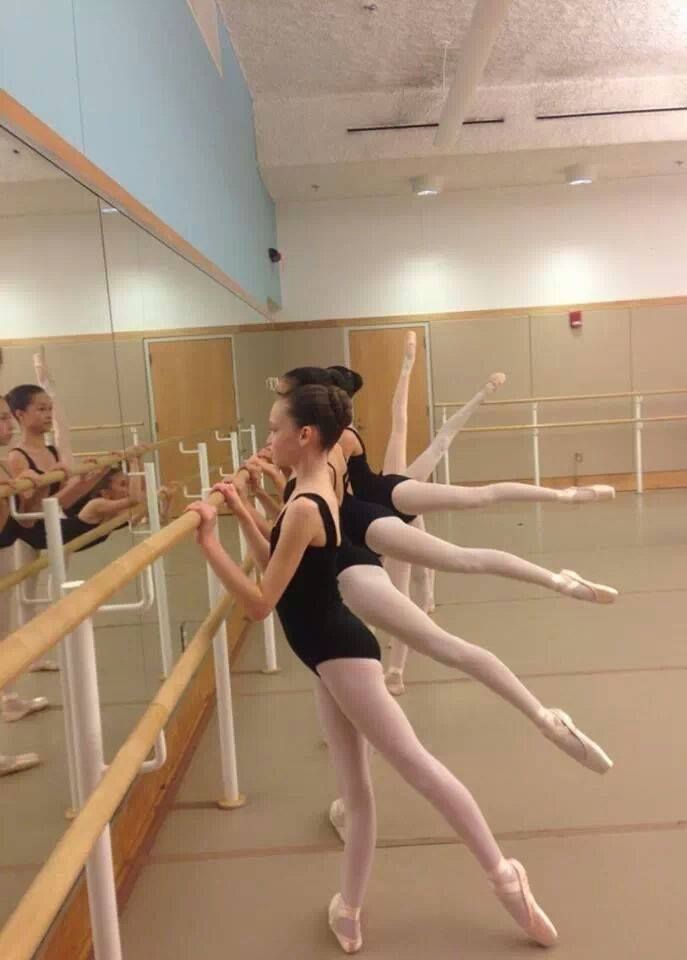How to do the good time dance
20 Beginner Line Dances You Need to Know! – Country Dancing Tonight
The Slappin' Leather Line Dance
Please enable JavaScript
The Slappin' Leather Line Dance
Since becoming introduced to the country dance scene a couple of years ago I have found much happiness in learning to dance and over time becoming a better dancer. If you are new to the country bar dance scene, I know how you feel! At first, it is equal parts intrigue and intimidation, exciting and terrifying! But don’t worry it will all work out!
You can divide all the dancing into 2 groups: partner and line dancing, and what follows here is a good round-up of the most popular and easiest beginner line dances out there.
Learn some of these and you’ll be set to get out on the dance floor every time you go out! Starting with the most common and easiest and working down… But all these are very beginner line dances.
Here’s my list of 20 beginner & popular line dances you will encounter: (click on them to pop down to each one).
1. Cupid Shuffle
2. Wobble
3. Electric Slide
4. Power Jam
5. Cowboy Hustle
6. House Party
7. Watermelon Crawl
8. Black Velvet
9. Boot Scootin’ Boogie
10. Two-Step (the line dance-not the partner dance!)
11. Good Time
12. Linda Lu
13. My Maria
14. Rock Me
15. A Little Bit Lit
16. Slapping Leather
17. Outlaw
18. Tush Push
19. Country Girl Shake
20. Ten Step (this is actually not done in lines!)
1.
 Cupid Shuffle
Cupid Shuffle| Count: 32 | Wall: 4 | Level: Very Beginner |
Choreography: Bernard Bryson (Cupid)
Music: Cupid Shuffle by Cupid
Step Sheet: Click here to download.
Cupid Shuffle was choreographed by the singer Cupid and created simultaneously with his song The Cupid Shuffle that was recorded in 2006. When he set out to create it, it was with the exact intention of creating a line dance classic without genre, that everyone could dance to. He came up with the dance in the studio while making up the song.
That is all history! While the song isn’t a country song, this line dance has to be my lead off, since its arguably the most popular and one everyone has danced to (at bars, weddings, schools). It is particularly easy since the lyrics tell you what to do next! “To the right, to the right, to the right, to the right… To the left, to the left, to the left, to the left… Now kick…” so, no excuses, you can do this! But download the step sheet if you are worried!
https://youtu. be/iJH6Ce588McVideo can’t be loaded because JavaScript is disabled: How to Do the Cupid Shuffle | Line Dancing (https://youtu.be/iJH6Ce588Mc)
be/iJH6Ce588McVideo can’t be loaded because JavaScript is disabled: How to Do the Cupid Shuffle | Line Dancing (https://youtu.be/iJH6Ce588Mc)
2. Wobble
| Count: 32 | Wall: 4 | Level: Beginner |
Choreography: V.I.C. Brentnell
Music: Wobble by V.I.C.
Step Sheet: Click here to download.
The Wobble is another non-country line dance that is about as popular as the Cupid Shuffle. And another line dance created by the musical artist! Its very fun and always a crowd-pleaser. It is very common to see people doing the Wobble at weddings and parties as well as a local country bar where it is sure to get everyone out on the dance floor. The Wobble can get a little long though with the song lasting over 5 minutes.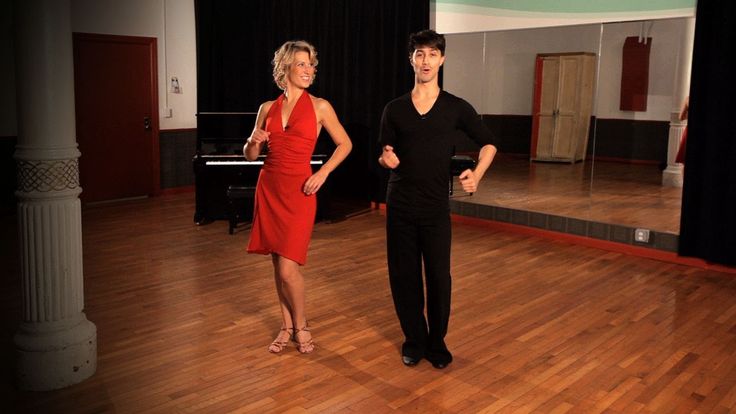 A lot of jumping!
A lot of jumping!
https://youtu.be/oeS1usUnkxkVideo can’t be loaded because JavaScript is disabled: How to Do the Wobble | Line Dancing (https://youtu.be/oeS1usUnkxk)
Demo & Teach Video
3. Electric Slide
| Count: 18 | Wall: 4 | Level: Beginner |
Choreography: Ric Silver (1976)
Music: Electric Boogie by Marcia Griffiths (with scores of alternates, including Achy Breaky Heart by Billy Ray Cyrus and Fast As You by Dwight Yoakam)
Step Sheet: Click here to download.
While the Electric Slide was originally choreographed in 1976, it was Marcia Griffiths song Electric Boogie that gave it popularity. It was in 1989 when it really took off and for ten years was listed as the number one dance in the world! Today there are many songs used to dance the Electric Slide to. Achy Breaky Heart is a popular go-to at a country bar, but so many others work great. It is simple enough here’s the steps:
Achy Breaky Heart is a popular go-to at a country bar, but so many others work great. It is simple enough here’s the steps:
1. Grapevine right. Take one step right with your right foot.
2. Grapevine left. Take one step left with your left foot.
3. Rock forward and back with a toe-touch. Step back with your right foot, then bring your left foot to meet it.
4. Quarter-turn left and begin again…
It’s pretty easy (once you know it!). I’ve only known the Electric Slide for a couple of years and I did need a video to get that rock, toe touch, and quarter-turn all timed right. Another great thing about line dancing, especially with an easy one like the Electric Slide is that, as you get good, you can “play” adding in turns, etc. to have fun, make it your own and show-off a little on the dance floor.
https://youtu.be/WwFFfWxAWlEVideo can’t be loaded because JavaScript is disabled: Electric Slide (Line Dance) – Demo & Teach (https://youtu.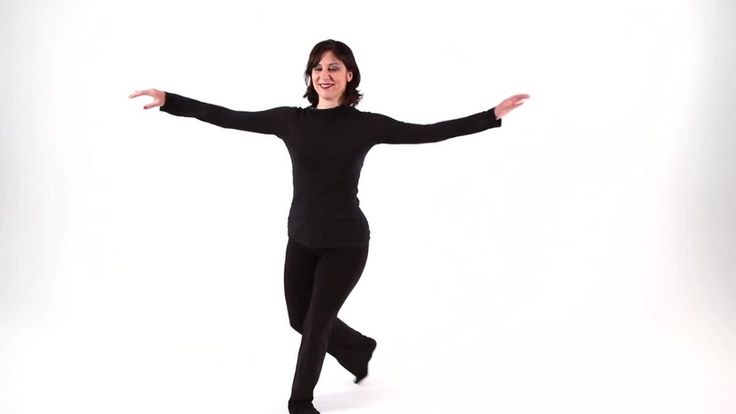 be/WwFFfWxAWlE)
be/WwFFfWxAWlE)
4. Power Jam (San Diego Version)
| Count: 24 | Wall: 4 | Level: Beginner |
Choreographer: Lynn Bryant
Music: American Muscle by Canaan Smith (and countless others!)
Step Sheet: Click here to download.
Power Jam is a pretty common call-out and is aptly named. It’s pretty fast-paced and the slides and heal taps and then the hop at the end that most people do is all great fun. This is a good one to get under your belt and a live band is for sure going to have some songs for it.
There are a couple of slight variations I’ve noticed with Power Jam. Firstly, for the first two heel-taps to the front and toe-taps to the back, most people just do one tap and hold it for the extra beat.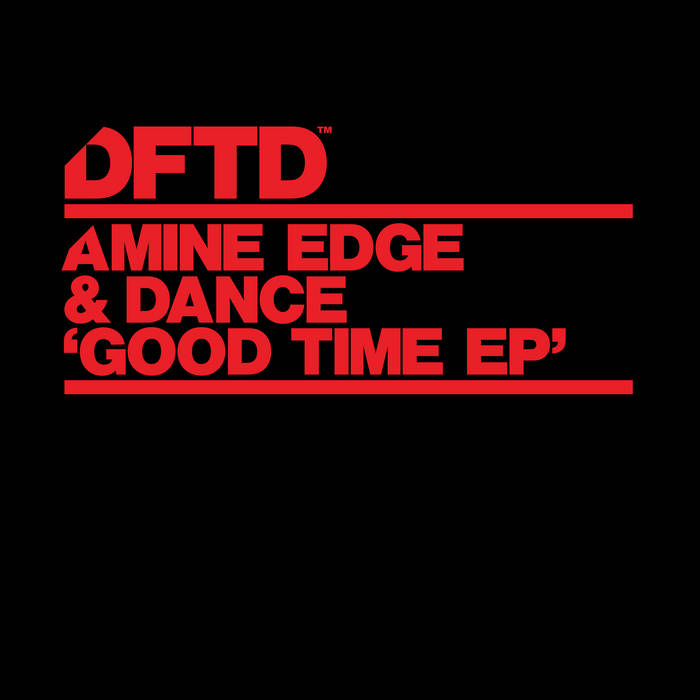 Secondly, at the end of the dance instead of the little hop, you can also just stomp the left foot.
Secondly, at the end of the dance instead of the little hop, you can also just stomp the left foot.
https://youtu.be/JoN8oqFSDzEVideo can’t be loaded because JavaScript is disabled: Power Jam (Line Dance) – Demo & Teach (https://youtu.be/JoN8oqFSDzE)
Demo & Teach Video
5. Cowboy Hustle
| Count: 32 | Wall: 4 | Level: Beginner |
Choreographer: Unknown
Music: What the Cowgirls Do by Vince Gill
Step Sheet: Click here to download.
Cowboy Hustle is another great fun, fast and easy line dance not too unlike the Power Jam. In fact, I’ve been confused and switched these for each other at times. They both tap out the right heel forward and behind, so watch out for that! Like the Power Jam, Cowboy Hustle can go with many songs and will get called out commonly.
https://youtu.be/RbfH7vjwQ_IVideo can’t be loaded because JavaScript is disabled: Cowboy Hustle (Line Dance) – Demo & Teach (https://youtu.be/RbfH7vjwQ_I)
Demo & Teach Video
6. House Party
| Count: 24 | Wall: 4 | Level: Beginner |
Choreographer: Jessica Short and Kerry Kick (2014)
Music: House Party by Sam Hunt
Step Sheet: Click here to download.
House Party is a favorite one at The Ranch in Anaheim and after all, it is co-choreographed by Kerry Kick one of the weekly instructors there. It has a very current feel, danced to Sam Hunt’s song House Party. It feels like a lot of spinning to me since besides two step-turns there are 4 turns and shuffles (to make the four walls of the house!) But its always a fun one with a full floor. During those 4 turns and shuffles people hold up and touch their hands to look like a house, kind of reminds me of YMCA!
During those 4 turns and shuffles people hold up and touch their hands to look like a house, kind of reminds me of YMCA!
https://youtu.be/dNduEuIMcScVideo can’t be loaded because JavaScript is disabled: "House Party" Dance Lesson (https://youtu.be/dNduEuIMcSc)
Demo & Teach Video
7. Watermelon Crawl
| Count: 40 | Wall: 4 | Level: Beginner / Intermediate |
Choreographer: Sue Lipscomb
Music: Watermelon Crawl by Tracy Byrd
Step Sheet: Click here to download
Watermelon Crawl is a beginner/intermediate, but is also super common and popular and a lot of fun. One small tip to learning this one that helped me was to just ignore the two 1/2 turns at the end of the dance just wait for everyone to stop turning and you’ll be a little more ready to start the beginning of the dance again with everyone.
The fun part of this dance, of course, is the stepping out to the right and then sliding back. I think that part is supposed to be the “watermelon crawl.” And the song, of course, has a good message: “If you drink, don’t drive…do the watermelon crawl.” Click on the video below to see Ranch dance instructor Shelly Graham demo the dance!
https://youtu.be/qW8Yh0WKvDQVideo can’t be loaded because JavaScript is disabled: Watermelon Crawl – Line Dance (Demo) (https://youtu.be/qW8Yh0WKvDQ)
Demo Video
8. Black Velvet
| Count: 40 | Wall: 1 | Level: Beginner |
Choreographer: Linda De Ford
Music: Black Velvet by Robin Lee
Step Sheet: Click here to download.
Black Velvet is also a very common line dance and while a beginner line dance, this one was pretty intimidating to me at first.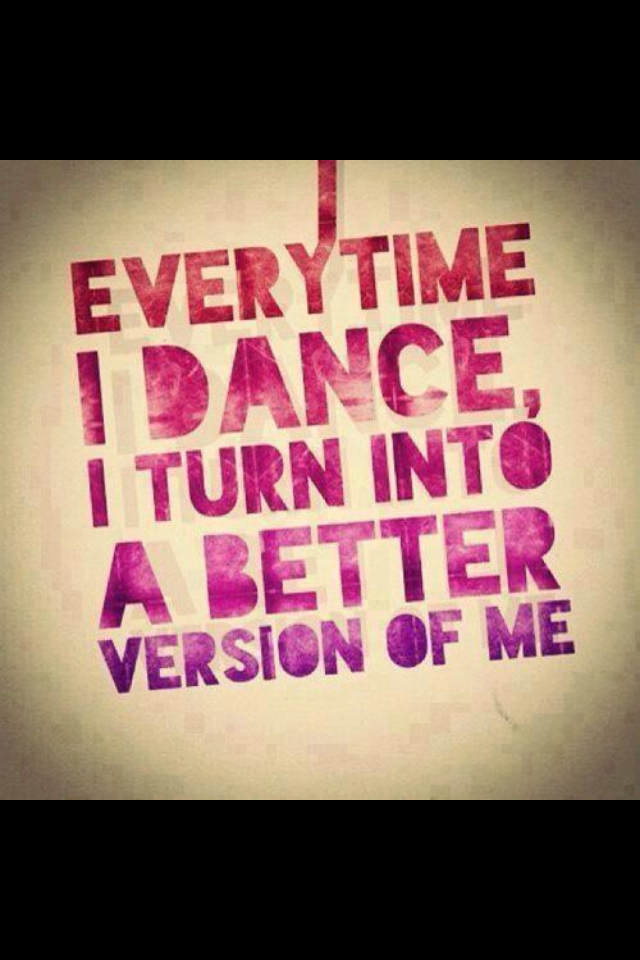 This line dance was my first exposure to “contra” line dances. Contra line dances are dances where every other line of dancers is facing the opposite direction, or the lines start facing each other and then move past each other.
This line dance was my first exposure to “contra” line dances. Contra line dances are dances where every other line of dancers is facing the opposite direction, or the lines start facing each other and then move past each other.
It can be a lot of fun since typically there’s a lot of high-fives happening as you glide past your friends. But for the beginner, it looks pretty messed up.
Who do you follow? The people to your left and right are faced opposite you! So, just look to the next row at the person going in your direction and follow them! This ends up being really fun and it actually is pretty easy! Check out the video or download the step sheet to give it a try.
https://youtu.be/j_PELRa0cFwVideo can’t be loaded because JavaScript is disabled: Black Velvet Line Dance (https://youtu.be/j_PELRa0cFw)
Demo & Teach Video
9. Boot Scootin’ Boogie
| Count: 32 | Wall: 4 | Level: Beginner |
Choreographer: Tom Mattox & Skippy Blair
Music: Boot Scootin’ Boogie by Brooks & Dunn
Step Sheet: Click here to download.
Boot Scootin’ Boogie is actually a line dance not often seen in So. Cal. but is one I wish was. While I’m a recent convert to the country dance scene, I’m a long-time country music fan and I had wondered, “Hey, what about Brooks & Dunn’s Boot Scootin’ Boogie?” I wondered if there was a line dance for a great classic that talks about line dancing! Well, sure enough, there is! In fact on the Copperknob website, there are 3 pages of step sheets to different versions of dances to the song!
If you love Brooks & Dunn as much as me and you want to have this one under your belt. On YouTube Bill Bader’s version is pretty common but in So. Cal. I’ve only seen people dance the Tom Mattox & Skippy Blair version. They both are 32 counts, but this one’s more of a beginner line dance.
https://youtu.be/Z9AXp61DNxQVideo can’t be loaded because JavaScript is disabled: Boot Scootin Boogie (https://youtu.be/Z9AXp61DNxQ)
Demo & Teach Video
10.
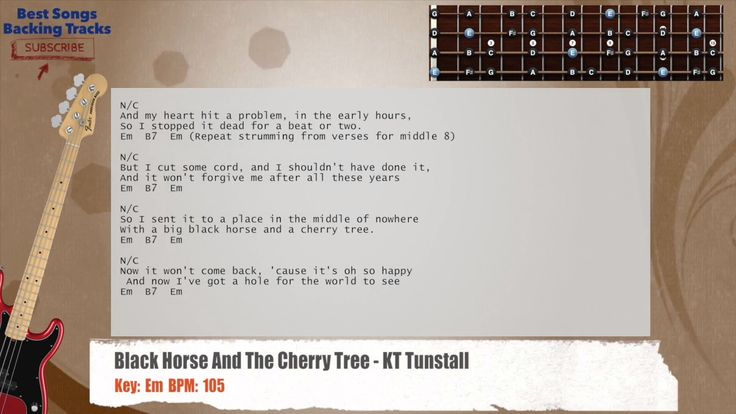 Two-Step (line dance)
Two-Step (line dance)| Count: 16 | Wall: 4 | Level: Very Beginner |
Choreographer: Robert Royston – Dance Y’All Crew (2013)
Music: Two-Step by Laura Bell Bundy featuring Colt Ford
Step Sheet: Click here to download.
The Two-Step line dance is not to be confused with the Two-Step partner dance! As explained in the video below from “Dancin’ with Patti” this is from the music video by Laura Bell Bundy found on YouTube. With only 16 counts this is a very beginner line dance. Reminds me a little of the Cupid Shuffle.
Fun fact: Robert Royston also more recently choreographed the line dance seen in Midland’s Mr. Lonely music video. So, another music video that people have now learned a line dance from.
https://youtu.be/xPL9kb0espsVideo can’t be loaded because JavaScript is disabled: Two Step Teach and Demo (https://youtu.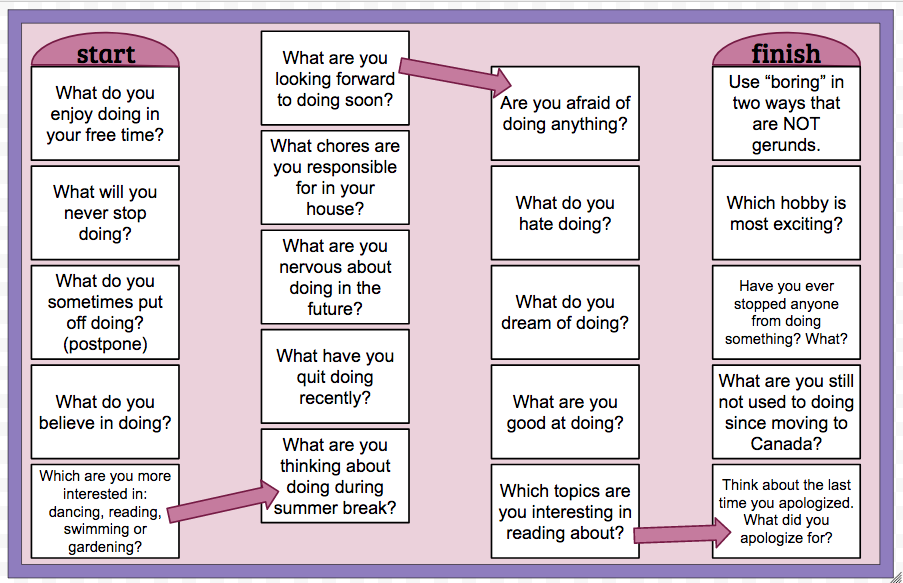 be/xPL9kb0esps)
be/xPL9kb0esps)
11. Good Time
| Count: 48 | Wall: 4 | Level: Improver |
Choreographer: Jenny Cain
Music: Good Time by Alan Jackson
Step Sheet: Click here to download.
Good Time, you’ll notice is actually not considered a beginner line dance! But it is very common and if you stick with it I think you’ll get it down pretty quick. The highlight to me is the toe-taps & rolling grapevines, first to right and then repeated (mirrored to the left).
Fun fact: In Alan Jackson’s music video of Good Time it shows him singing out on the road and trying to set the record for the longest line dance. 22 miles long it says at one point! There are different opinions about whether it’s true or not, some say it was a real honest attempt, but falls short of the actual record set in China. Please leave a comment if you know the real facts!
Please leave a comment if you know the real facts!
https://youtu.be/SyjibcFZlQIVideo can’t be loaded because JavaScript is disabled: Good Time line dance (https://youtu.be/SyjibcFZlQI)
Demo & Teach Video
12. Linda Lu
| Count: 48 | Wall: 4 | Level: Improver |
Choreographer: Neil Hale
Music: Linda Lu by Ricky Van Shelton
Step Sheet: Click here to download.
Linda Lu is also another super common line dance called out and at 48 counts is aptly called by Copperknob an upper-beginner/intermediate line dance. This isn’t a favorite of mine w/ the “out-outs,” “in-ins.” Maybe it’s just me!
https://youtu.be/Fh9ICn_wgkMVideo can’t be loaded because JavaScript is disabled: Linda Lu line dance (walk-through) (https://youtu.be/Fh9ICn_wgkM)
Teach Videohttps://youtu.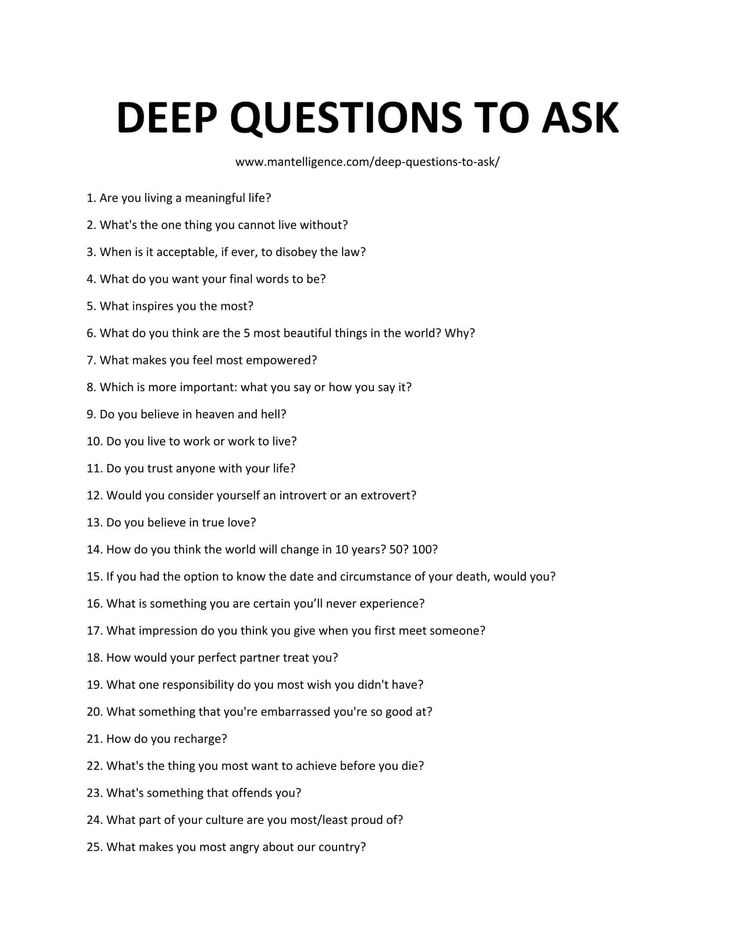 be/hp0PLikxAE0Video can’t be loaded because JavaScript is disabled: Linda Lu line dance (demo) to Delbert McClinton's Linda Lu (https://youtu.be/hp0PLikxAE0)
be/hp0PLikxAE0Video can’t be loaded because JavaScript is disabled: Linda Lu line dance (demo) to Delbert McClinton's Linda Lu (https://youtu.be/hp0PLikxAE0)
13. My Maria
| Count: 32 | Wall: 4 | Level: Beginner / Intermediate |
Choreographer: Mike Camara & Dan Albro (1996)
Music: My Maria by Brooks & Dunn (a Cha-Cha at 136BPM)
Step Sheet: Click here to download.
My Maria is another beginner / intermediate, but at 32 counts not too hard. This is a great line dance to another great classic Brooks & Dunn song. The unique thing is that it is a Cha-Cha line dance. The Shuffles between alot of the steps are 3 steps: Cha-Cha-Cha. The pivot-hooks are a lot of fun too.
https://youtu.be/Ggb4b9m7owIVideo can’t be loaded because JavaScript is disabled: My Maria Line Dance Instruction (https://youtu.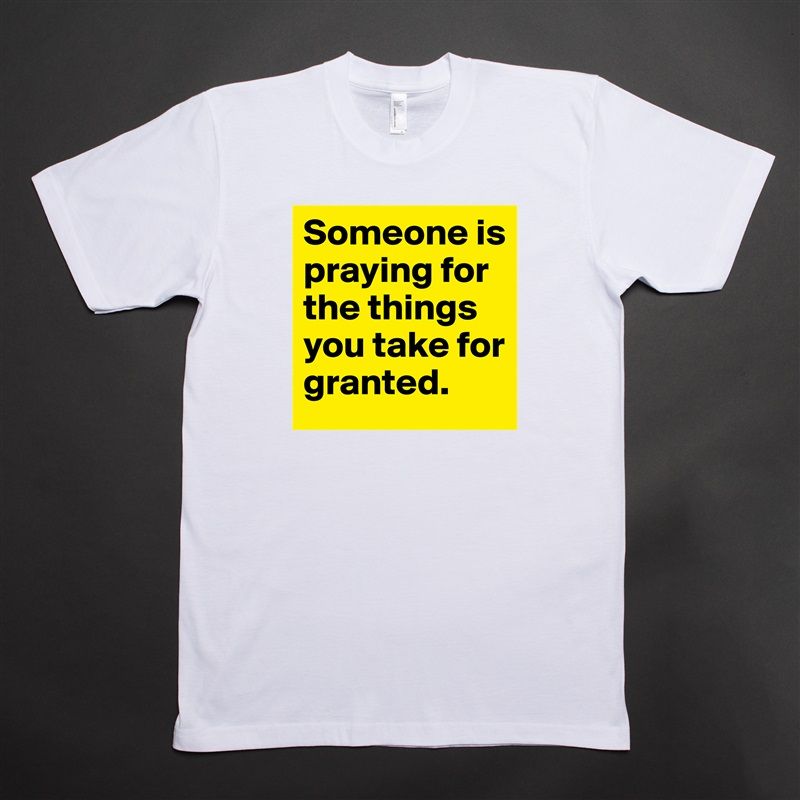 be/Ggb4b9m7owI)
be/Ggb4b9m7owI)
https://youtu.be/TwsoB_UamOcVideo can’t be loaded because JavaScript is disabled: My Maria (https://youtu.be/TwsoB_UamOc)
Demo & Teach Video
14. Rock Me
| Count: 32 | Wall: 4 | Level: Beginner / Intermediate |
Choreographer: Donna Manning & LeAnne Lesmeister (Mar 2013)
Music: Wagon Wheel by Darius Rucker
Step Sheet: Click here to download.
Rock Me is my favorite line dance! I am a big Darius Rucker fan and his song Wagon Wheel is a great song. The rocking steps choreographed to “Rock Me” throughout the dance is pretty cool. I don’t see it called every night but it should be! So good!
https://youtu.be/j_P9IosMvSkVideo can’t be loaded because JavaScript is disabled: Rock Me Teach and Demo (https://youtu. be/j_P9IosMvSk)
be/j_P9IosMvSk)
15. A Little Bit Lit
| Count: 32 | Wall: 4 | Level: Beginner + |
Choreographer: Rob Fowler (2017)
Music: Lit by Trace Adkins
Step Sheet: Click here to download.
A Little Bit Lit is a dance that is taught a lot on the weekends at the Ranch Saloon. A good one for beginners. And like some other line dances on this list just a really great country song to dance to. Lyrically the song Lit is amazing. A fast and fun song. Included below is the lyric video!
https://youtu.be/mOJNH_8ojHYVideo can’t be loaded because JavaScript is disabled: A Little Bit Lit – Line Dance (Dance & Teach in English & 中文) (https://youtu.be/mOJNH_8ojHY)
Demo & Teach Videohttps://youtu.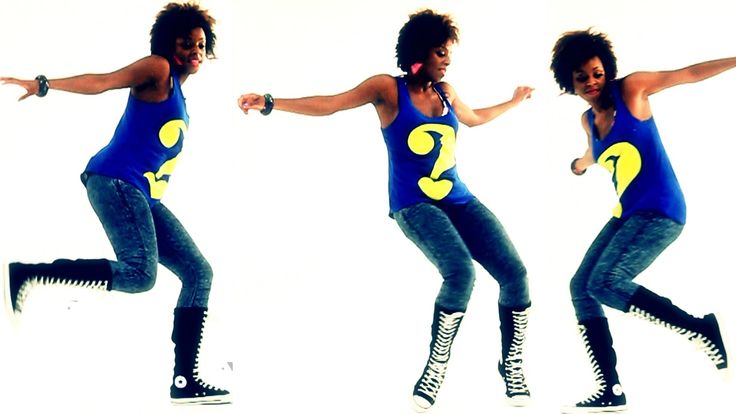 be/mAJTe-6fVaYVideo can’t be loaded because JavaScript is disabled: Trace Adkins – Lit (Lyric Video) (https://youtu.be/mAJTe-6fVaY)
be/mAJTe-6fVaYVideo can’t be loaded because JavaScript is disabled: Trace Adkins – Lit (Lyric Video) (https://youtu.be/mAJTe-6fVaY)
16. Slappin’ Leather
| Count: 40 | Wall: 4 | Level: Beginner |
Choreographer: Gayle Brandon (California modified version, 2016)
Music: Footloose by Kenny Loggins and Blake Shelton (alt: T.R.O.U.B.L.E. by Travis Tritt)
Step Sheet: Click here to download.
Slappin’ Leather is a very famous line dance that is considered a beginner dance. You can dance this to the Footloose song from the movies, but the movies actually didn’t have Slappin’ Leather as part of their choreography. The Footloose movie features the more advanced line dance Fake ID. Click here to go to my post that talks all about that.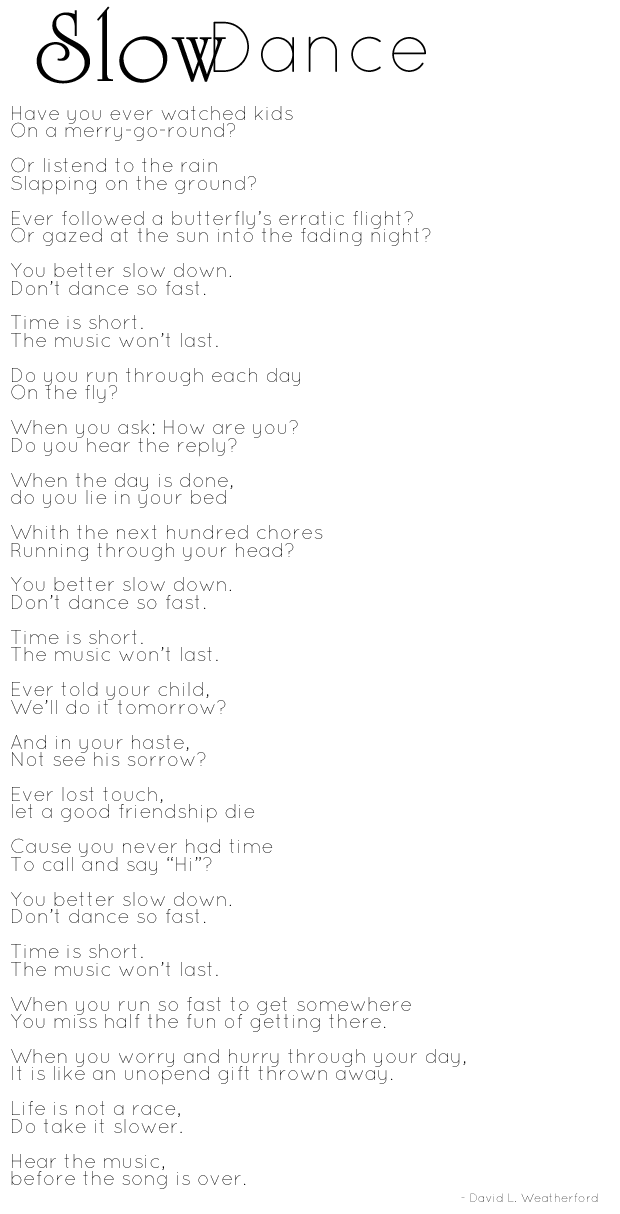
Slappin’ Leather has a part in it (the Slappin’ Leather part!) that seems pretty intermediate and takes some coordination! But the dance is just too fun and famous not to include it here. This dance is going to pretty much get called almost every night depending on the club your at. There are many variations of it throughout the world, but the step sheet and the video here are the So. Cal. version.
Fun Fact: Slappin’ Leather was used in an episode of the TV Show Pretty Little Liars.
https://youtu.be/aFyOaX5Pr4gVideo can’t be loaded because JavaScript is disabled: Slapping Leather (Line Dance) – Demo & Teach (https://youtu.be/aFyOaX5Pr4g)
Demo & Teach Video
17. Outlaw
| Count: 32 | Wall: 4 | Level: Beginner |
Choreographer: Suzanne Wilson (Norco, CA Style)
Music: Whiskey Drinkin’ S.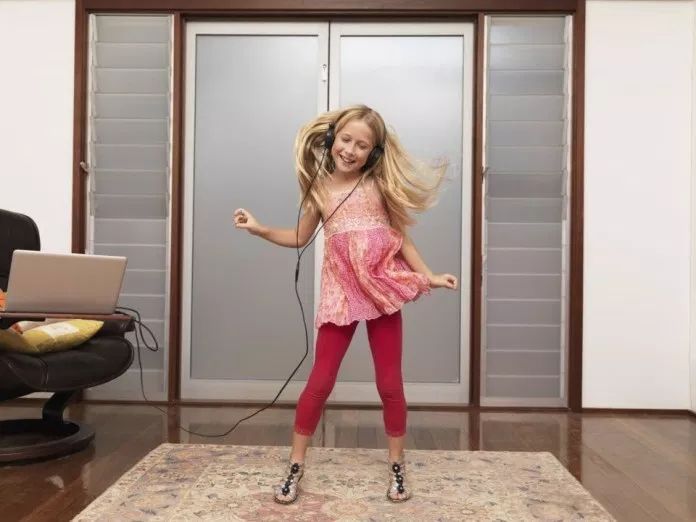 O.B. by Mikel Knight
O.B. by Mikel Knight
Step Sheet: Click here to download.
Outlaw is a pretty popular dance but is one of the line dances out there that isn’t to a country song. Country rapper Mikel Knight doesn’t really fit at all in my opinion of what country music and country dancing is about, but people love the dance!
https://youtu.be/jsUIUT7GY8sVideo can’t be loaded because JavaScript is disabled: The Outlaw (Line Dance) – Demo & Teach (https://youtu.be/jsUIUT7GY8s)
Demo & Teach Video
18. Tush Push
| Count: 40 | Wall: 4 | Level: Beginner / Intermediate |
Choreographer: Jim Ferrazzano (1979)
Music: Chattahoochee by Alan Jackson
Step Sheet: Click here to download.
Tush Push has been called the most popular line dance in the United States for the last 20 years! There’s a great story about how Jim Ferrazzano came up with the dance over a period of time, to check it out click here. One thing interesting is that it’s kind of 2 dances in one. This is because it was only 1/2 written for months. When completed, the final steps were cha-cha steps setting them apart from the first part of the dance.
One thing interesting is that it’s kind of 2 dances in one. This is because it was only 1/2 written for months. When completed, the final steps were cha-cha steps setting them apart from the first part of the dance.
Note: When you download the Step Sheet you’ll notice there are 6 options included on the 2nd page!
https://youtu.be/VRbR1VRRfE8Video can’t be loaded because JavaScript is disabled: Tush Push (Line Dance ) Walkthrough ( All Classes Through City Of Clovis ) (https://youtu.be/VRbR1VRRfE8)
Teach Video
19. Country Girl Shake
| Count: 32 | Wall: 4 | Level: Improver |
Choreographer: Michele Adlam & Maria Hennings Hunt (2011)
Music: Country Girl (Shake it for Me) by Luke Bryan
Step Sheet: Click here to download.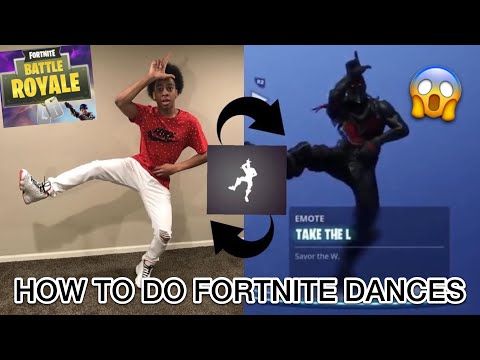
Country Girl Shake is another really popular line dance. There are a few variations out there, but I think this demo and Teach video along with the step sheet will get you really close to whatever you might see.
https://youtu.be/SuXbB_Lm4zMVideo can’t be loaded because JavaScript is disabled: Country Girl Shake (Line Dance) – Demo & Teach (https://youtu.be/SuXbB_Lm4zM)
Demo & Teach Video
20. Ten-Step
| Count: 18 | Wall: 0 | Level: Beginner | Line / Partner |
Choreographer: Unknown
Music: Devil Went Down to Georgia by the Charlie Daniels Band
Step Sheet: Click here to download.
The Ten-Step is actually not a line dance! The Ten-Step would really be considered a partner dance.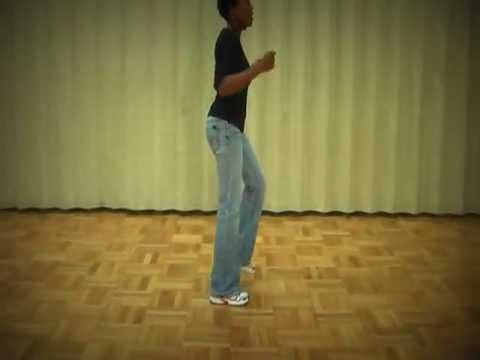 As such, you can dance it with a partner, but it is commonly danced individually and so much fun that I wanted to include it. It is also easy! Like most partner dances it is danced in a circle (counter-clockwise) on the dance floor.
As such, you can dance it with a partner, but it is commonly danced individually and so much fun that I wanted to include it. It is also easy! Like most partner dances it is danced in a circle (counter-clockwise) on the dance floor.
One common song to hear when it is called is Devil Went Down to Georgia. The beat is fast and its a lot of fun when the band speeds up the tempo toward the end to challenge both the fiddle player and the dancers to keep up, ’til, of course, they can’t!
So, if dancing with a partner, you do so in the sweetheart position or just holding hands. But, if individually you get the fun option to spin during the shuffle steps that occur between the “10-step” part. (altogether it is an 18 count dance).
And if by chance you watch the video below taken at the Cowboy Palace in Chatsworth and struck by the particular magic and charm of this scene click here to read the recounting of my experience there. It truly is an awesome country dance bar.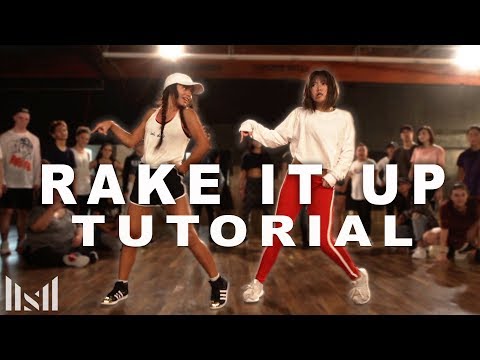
https://youtu.be/RBA2apxSMo8Video can’t be loaded because JavaScript is disabled: Ten Step – Danse country partner (https://youtu.be/RBA2apxSMo8)
Demo Videohttps://youtu.be/0dhY6g4kACIVideo can’t be loaded because JavaScript is disabled: Devil Went Down to Georgia (https://youtu.be/0dhY6g4kACI)
Demo of the Ten-Step at the Cowboy Palace in Chatsworth
Some Beginning Line Dancing Basics
So there it is! My list of what I think are 20 of the easiest and also popular line dances out there right now. In addition to the dances themselves here’s a little more information about line dancing if you’re new to all this and a little confused about what is happening out there on the floor–I know I was!
A couple of things to know about if you’re new! Line dances are typically 16, 32, 40 or 48 steps (based on the level of difficulty) You may have noticed these numbers are all divisible by 8! Most popular music has a 4/4 time signature, but dancers count beats in sets of 8, hence line dance choreography is grouped and taught in sets of 8 or with “8-count.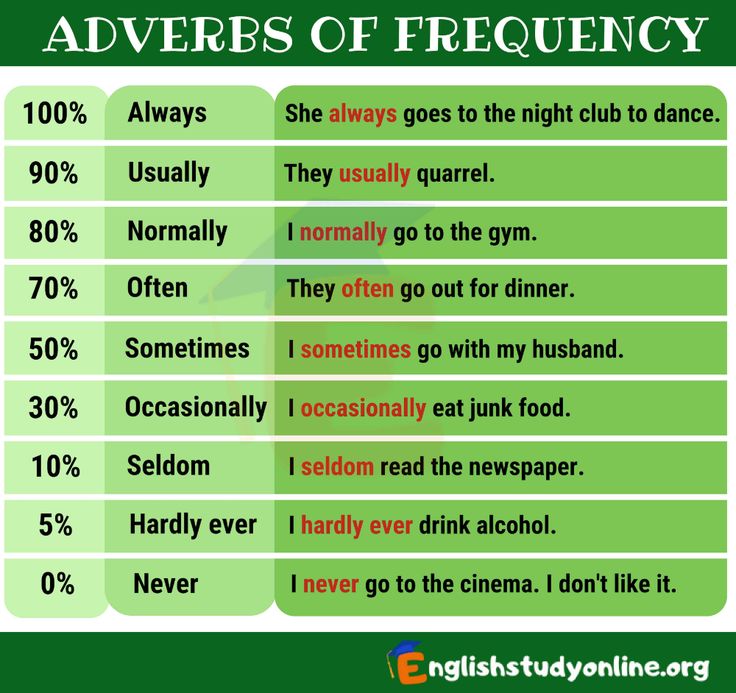 ”
”
Next (and the other major thing), line dances are known for having one, two or four walls. A one-wall dance means everyone will face in the same direction when all steps are performed. A two-wall line dance is when at the end of each sequence of steps everyone has turned 180º and you begin again facing the back — for these dances, you will always just face the “front” and “back” walls. Then, with a four-wall line dance (the most difficult), at the end of the steps, everyone has turned 90º and “begins the dance” again facing one of the “side” walls. As the dance progresses you will keep finishing and starting again facing a new wall.
| TIP: When first learning and taking a class it is tempting to hide in the last row! But as you may have already guessed, that’s a bad idea! As soon as the dance has moved on to the back wall, if you were in the back, you are now in the front! You can’t see anyone and everyone is looking at you! So, find a good spot somewhere in the middle and you’ll be able to always watch someone who knows what they are doing! |
With 20 line dances to learn and a couple of basics, you are ready to get involved in this fun activity. Like anything else in life, it takes some just plain jumping headlong in and learning as you go!
Like anything else in life, it takes some just plain jumping headlong in and learning as you go!
Sock Hop Dance Cruise - Holidays & Events
Work Aboard GOODTIME III and Love Your Job! - Now Hiring.
Skip to content
WHAT WE'RE DOING AS YOUR CREW
GOODTIME III and the Fryan Family have been and continue more than ever to being committed in providing a safe and enjoyable environment and experience for our passengers. You can rest assured as we are strictly adhering to the guidelines set forth by the CDC (Center for Disease Control), the Cleveland Department of Public Health, the US Coast Guard and Ohio Governor Mike DeWine. GOODTIME III is an active member of PVA (Passenger Vessel Association) and will implement their guidelines and directives as well. Please keep in mind that we are continuing to endure the repercussions of the virus and the requirements regarding capacities, social distancing and mask mandates will still be everchanging throughout our season.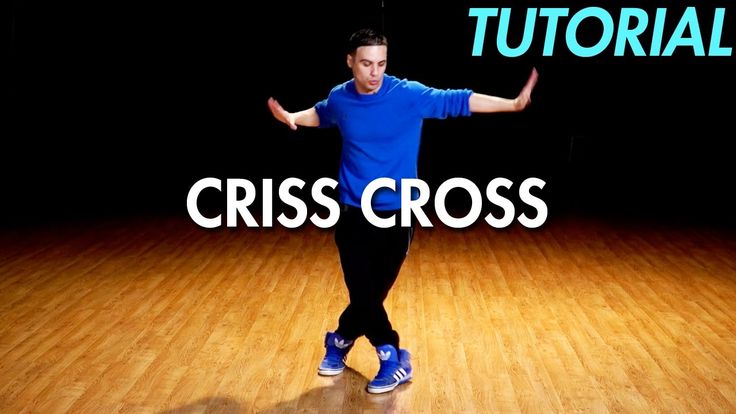 Our policies and procedures may change after we are able to assess how operationally efficient they turn out to be so we ask for your patience and understanding.
Our policies and procedures may change after we are able to assess how operationally efficient they turn out to be so we ask for your patience and understanding.
- Employees will be required to have their temperature checked before each shift and will be required to wear facemasks.
- Employees will be required to utilize hand sanitizer and hand washing frequently on a consistent schedule.
- Sanitizing stations will be available to all guests and are placed around both the vessel and dock facility.
- All surfaces will be thoroughly sanitized before and after every cruise.
- All employees have attended the food handler and COVID-19 class that has been offered by ServSafe prior to returning to work.
WHAT YOU CAN DO AS OUR PASSENGER(S)
- Per the City of Cleveland mandate, we are requiring that all of our passengers wear a face covering and remain seated as much as possible for the duration of the cruise.
- Please wear a face covering while speaking with crew members or passengers not in your party.
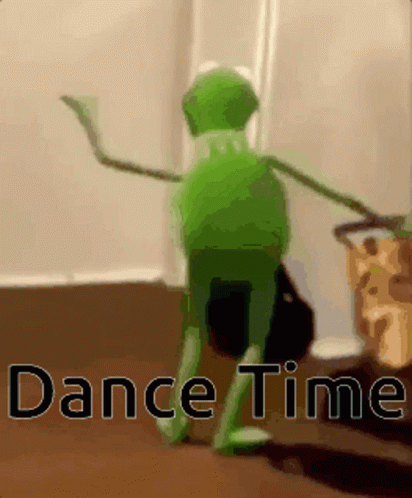
- Please wash your hands often and utilize the provided hand sanitizer dispensers located on throughout our ship.
- Please adhere to all social distancing guidelines and stay at least 6 feet away from other guests.
- If you are sick or symptomatic in any way, please do not come. We can transfer your reservation to another cruise at a later date. It's not much of a "good time" to come aboard when you're not feeling well!
- In order to maintain a safe environment during these continued uncertain times, everyone must continue to do their part to remain safe regardless if you have received the vaccine or not.
WHAT WILL BE DIFFERENT IN THE 2021 SEASON
- We request that you arrive at least 1/2 hour prior to BOARDING time. Your entire party MUST BE present to enter the boarding area. Please maintain 6' feet of distance between your party and other parties in line.
- We respectfully request that you follow protocols you have been using when in public for the last year, e.
 g. and remain in your area for the duration of the cruise.
g. and remain in your area for the duration of the cruise. - Food and Beverage Service will be offered on a crew regulated, self-serve basis. To continue to comply with social distancing, you will be called up to the concession stand or Bar to purchase food and beverage. For the Narrated Luncheon Cruise and the Dinner & City Lights cruises, the crew will call individual tables up to the buffet and our staff will plating the food.
DON’T MISS THE BEST 50’S & 60’S SOCK HOP DANCE IN CLEVELAND!
Go back in time with GOODTIME III, as we present one of the best things to do in Cleveland in the summer, the Norm N. Nite Sock Hop Dance Cruise on a Sunday evening in August. It’s a cruise you’ll never forget as you dance the night away under the stars on the Cuyahoga River and Lake Erie, with the lights of downtown Cleveland serving as a glorious backdrop.
SUNDAY, AUGUST 14, 2022
Boarding Time: 6:30 pm
Cruise Time: 7:00 pm to 9:30 pm
2022 Rates
Adults 21+ : $25.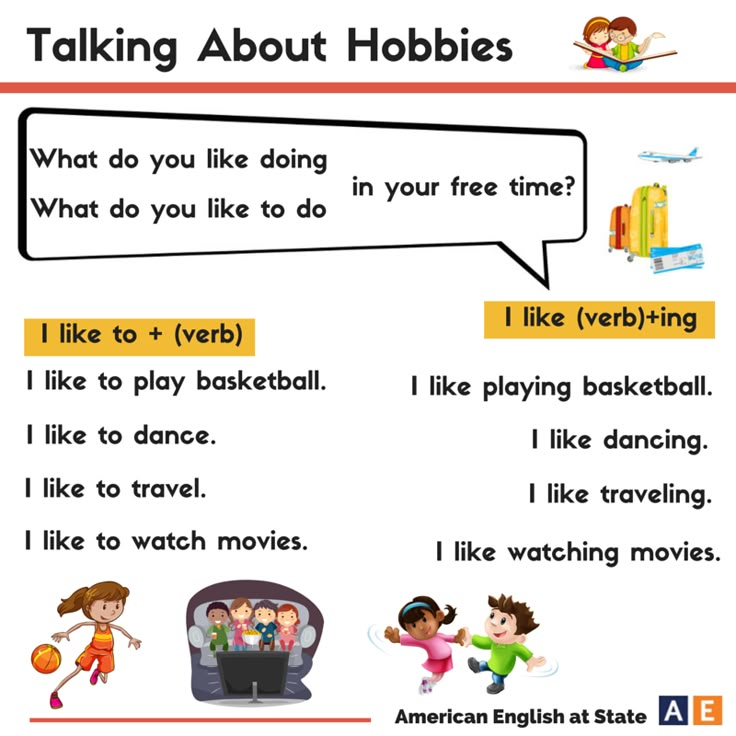 00
00
BOOK NOW
90,000 12 life hacks, to quickly learn how to dance from Mamita DanceDances
Author: Pavel Gather
Psychologist, Lecturer Salsa and Tango
Dances
Author: Pavel Pavel
Psychologist, Lecturer Salsa
on At the start, you always want to get a quick result. When it doesn't happen, the hypothesis arises that everything takes time. After a conditionally acceptable time, humility comes to mastering pair dances, which, perhaps, is not given, and I will just do what I learned somehow.
This is the most common story of those who believe that the mere act of attending a pair dance class is enough to learn how to dance.
Absolutely not. If you want to really dance well, you have to make an effort outside of the dance class. A good teacher will definitely be needed, but the initiative should be on your side.
1. Listen to music
The most common and accessible advice that is given already in the first lessons. And it definitely works. Music creates a certain atmosphere of the dance and intuitively you want to move to it. It doesn't matter where you listen to music - in the car, on headphones while walking or doing household chores.
And it definitely works. Music creates a certain atmosphere of the dance and intuitively you want to move to it. It doesn't matter where you listen to music - in the car, on headphones while walking or doing household chores.
An addition that will help you dance better is your active participation in the music. Sing along, dance or simply beat musical accents with any free parts of the body. In the subway, for example, it is enough to tap out bright moments with your fingers, in the car to sing along with sounds, and at home you can jump for pleasure.
2. Watch videos of good dancers
It's complicated, but also obvious. It’s more difficult, because without recommendations from more experienced dancers, unfortunately, it’s not so easy to find a good quality video on the net (I mean not the resolution quality, but the content itself).
Meaningful video viewing is about building an understanding of HOW dancers make a particular impression on a partner or viewer. Technology is at the heart of everything. Understanding how the pros do it is a big step forward.
Technology is at the heart of everything. Understanding how the pros do it is a big step forward.
It is important to distinguish a show from a disco dance, a staged performance from an improvisation, a stylized dance from an authentic one, etc. Ask for recommendations and dance teachers will always throw off a couple of videos of worthy landmarks.
Tango Z. Showreel.
Online modern tango courses
Tango nuevo is the most advanced version of tango. We can quickly learn to dance from zero to a steep level.
| View details |
3. Dance in salsatecas/milongas/discotheques
A very delicate moment when it is worth coming to the first party. From a technical point of view, most students in 1-3 months have a sufficient set of figures and techniques to come and dance calmly. Psychologically, the same moment can be stretched out for an indefinite time. After all, it is imperative to “not lose face”, “learn more figures” and be sure what to do in case “there is an unfamiliar movement”.
In fact, the partygoers don't really care (except for a small layer of non-professional teachers who want to help inexperienced dancers by treating them as customers in the future). It is important to come and try dancing after a month of classes. You can only with friends or guys from your group. This will be enough to feel the adrenaline and inspiration from the dance.
4. Dance with partners or partners not of your level
The conventional wisdom that you need to practice in groups of your level does not withstand the test of experience. Perhaps now your eyes widened in surprise, and you want to meaningfully read the phrase again. Yes, you saw everything correctly: when you dance with a partner of your level, you don’t grow anywhere.
It's important to understand that not only does it work one way and you have to dance with cooler dancers, but it works even more effectively the other way. It is no coincidence that teaching pair dances dramatically raises the level of the teacher himself. You have an endless stream of very beginner dancers.
You have an endless stream of very beginner dancers.
How it works. A more experienced partner needs to be "stretched". It's easy and obvious. With beginners, you need to take more initiative on yourself, see the general pattern of the dance more widely, turn on and insure more, try to be an example and be more careful. The quality of interaction begins to grow significantly. And wonderful partners too.
Dancing with partners of your level doesn't make you grow. Dance with both beginners and more advanced dancers
Dominican Bachata Women's Style Online Course
Want to learn how to hypnotize those around you with the most appetizing part of your body? On the course we will tell you all the secrets.
| Interesting |
5. Learn to dance for a partner and for a partner
Turks and Argentines are one of the best partners in the world. In Russia, partners are highly valued.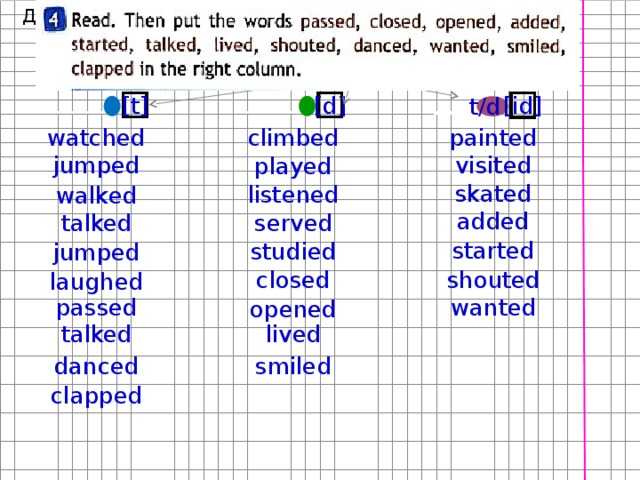 Why? The answer is simple. In Argentina and Turkey, it is not questionable for men to ask another man to lead in one piece or another and give feedback on the quality of the lead. For them, it will be a great shame to hear moralizing from a partner, or even more so to be known in the community as an insecure partner.
Why? The answer is simple. In Argentina and Turkey, it is not questionable for men to ask another man to lead in one piece or another and give feedback on the quality of the lead. For them, it will be a great shame to hear moralizing from a partner, or even more so to be known in the community as an insecure partner.
In Russia, due to the constant, often far-fetched, opinion that there are more women in pair dances, partners calmly get up and study their partner's part. Such partners then grow into very cool dancers and teachers. In no case do this at parties, only in class. Here we are talking only about the learning strategy. At parties, be yourself.
6. Do not memorize the links
Always try to look deeper and understand the through principle and idea of movement. Understanding what and how is done will make it possible to independently generate any sequences and chips.
Human memory is limited and there will always be a moment when something will escape and your repertoire will be limited by the size of RAM.
In Argentine tango, for example, there are seven levels of movement construction that, when mastered, will allow you to make millions of combinations. And how many dance sequences can you really remember? In rueda, more than 150 figures dance in a rare circle. It's hard to keep more in mind.
7. Develop your body
Many years of experience in teaching couple dance shows that as soon as everyone pairs up in a class, any progress in individual style ends. But it is the individual style that distinguishes everyone at the disco: partners change, and style is always with you.
The body as the main instrument of dance must be very plastic, responsive and emotional. Surprisingly, not all pair dance schools have a general physical warm-up. It is vital to tune the body and understand how it works.
You can always train extra and concentrate more on the basic steps, as their true value is as body work. The sequence of steps is, in fact, the simplest thing that can be in pair dancing.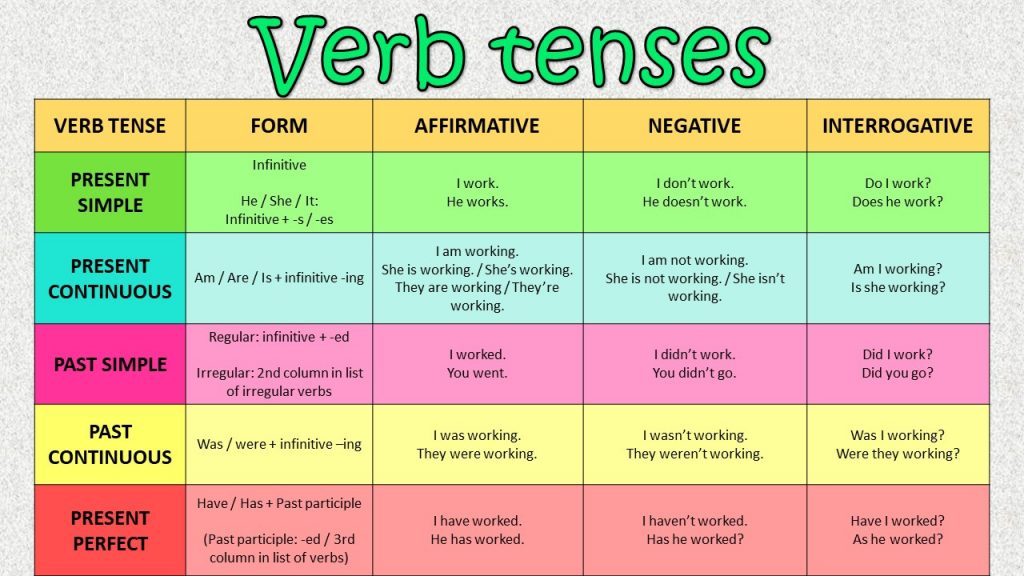 The quality of individual performance determines the craftsmanship.
The quality of individual performance determines the craftsmanship.
8. Try on the images of inspiring dancers
A psychological life hack for those who have already mastered the steps, but still feel that there is not enough brightness and drive. Most are terribly afraid of being someone else's "clone". Here the action is the same as under the influence of hypnosis - the more you resist, the more you plunge into an altered state of consciousness.
With a high degree of probability, you are already dancing like someone else's "clone". A meaningful fitting of someone else's image is that you mentally take the image of the one who inspires you (inspiration is critical in this case) and "put on" yourself. Then you start dancing and trying to feel in general how it is to be able, for example, to be the best partner or the sexiest partner in a disco. This is much more difficult than it seems. But it works extremely efficiently.
9. Dance to offbeat music
Habitual rhythms keep you tight. Tango salon or speedy timba leave little room for experimentation and fantasy. Pattern dancing is always noticeable and is reserved for beginners.
The truly new is born outside of the usual. Look for places to experiment. If there is no place, organize self-training. The main thing is not to get carried away, because music determines the style. We bring something new to pair dances, rather than trying to change them.
Search, improvise, don’t be afraid to go beyond, develop in different directions, be inspired by music atypical for the style
10. Try your hand at basic dance directions
dances exist according to their own non-choreographic laws.
This is the deepest delusion, which has turned into a ceiling for the qualitative development of partner dances. After all, all professional dancers, for example, in salsa or bachata, build their ideas on the basic choreographic principles.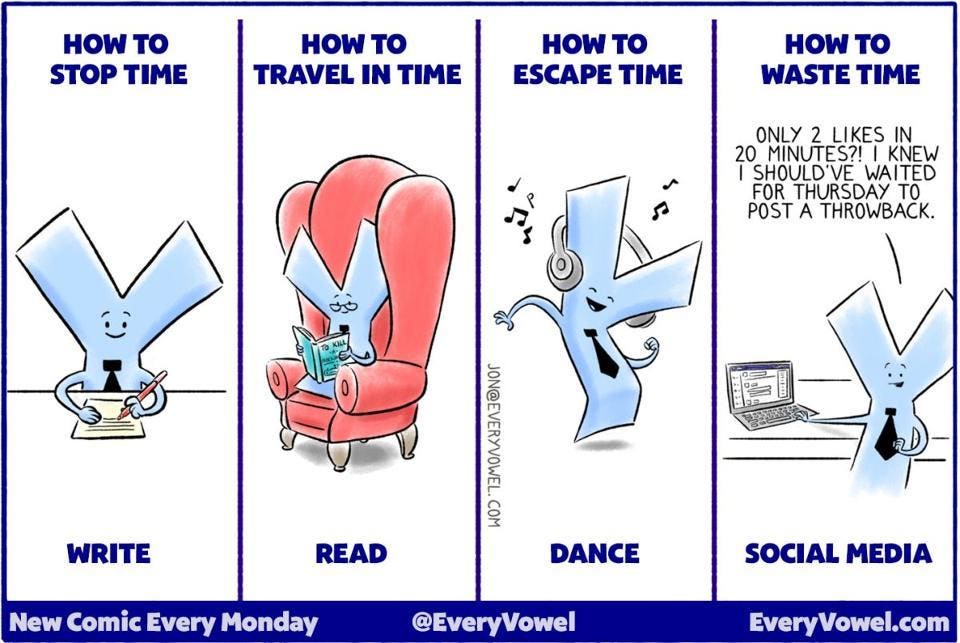
Do not think that choreography is only applicable on stage. Any meaningful movement of the body can be choreographic. In general, try classical or modern choreography. Basically, hip-hop can work too.
11. Look for battle sensations
Pair dances return us to an active position of manifestation of our body. As in the days of our ancient ancestors, we impress the members of the opposite sex by how dexterous, hardy, sexy, etc. we are. Modern laws of the jungle in the entourage of large cities.
If you look around the dance floor, it becomes clear that the majority are clearly herbivores (not in the sense of vegetarians, but in relation to those around them). I am sure that predators are always more interesting in terms of the attractiveness of the image - try to find a counterbalance among herbivores, for example, a cat woman or a lion man.
The conversation is about an internal position, not about aggressiveness. Lability and lack of control are inherent in adolescents, and not in adult self-sufficient people.
Accordingly, even a training or friendly battle gives, on the one hand, practical skills - to make a bright sequence of movements, bring an idea to a climax, show a spectacular feature, on the other hand, develops the psychological basis of the dance - self-confidence, resistance to extraneous attention, self-control and self-control in complex elements.
12. Communicate with professionals
The environment shapes the internal position. Basically, real passionaries of the dance community are ready to openly talk, discuss and support the development of dance in every possible way. Universal principles and the ideas they articulate have a much longer and more practical perspective than meets the eye.
Accept that, for example, behind the words "listen to your partner" is not only a beautiful metaphor, but also a practical skill to literally listen to your partner.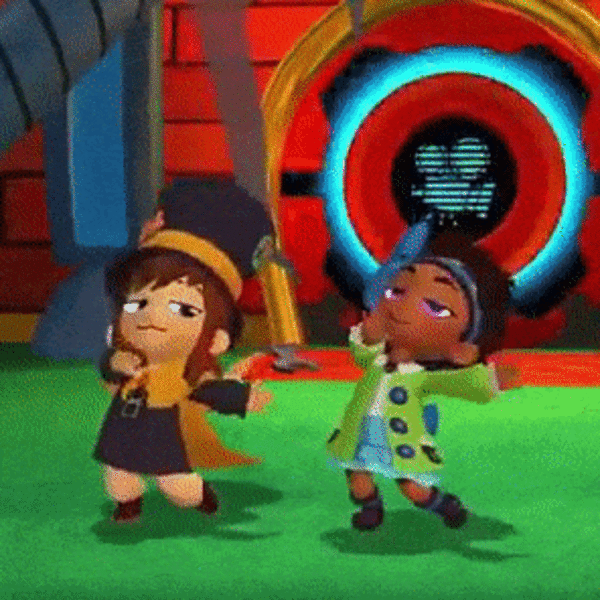 At the same time, always treat every thought, even the most respected teacher, as a private opinion.
At the same time, always treat every thought, even the most respected teacher, as a private opinion.
Your skill will lie in finding the scope of the idea even in conflicting opinions. Most often, the contradiction is speculative and the truth lies in the angle of perception or situationality.
Your dancing growth will stop sooner or later. This can happen at the level of three basic steps or years of experience in teaching and show performances. Regardless of your level, the suggested 12 life hacks can get you off the ground and greatly accelerate your dance growth. There is no way here without your motivation and activity. Take your dance development into your own hands. 9Ol000 Dangerous sexuality
Salsa: destroyers of stereotypes
Couple dancing as a source of strength.
Self-destruction of the couple dance community
The Salsa series as a mirror of the community
Mamita Fridays: salsa, bachata
Destroying the myths about leading pair dances
Does dancing make us better?
The seven deadly sins of teachers
Why we will never dance bachata like the Dominicans
Why tango?
Dispute over musicality
Selection of dances according to alcohol preferences
Where to find inspiration for dancing?
Terrible tango nuevo
Distribution of roles in a salsa party
Argentinean tango through the eyes of a salsa dancer
Is there a predisposition to dancing?
Which is more effective: individual or group lessons?
Sexual connotations in partner dancing
7 tips for those who want to learn how to dance
September 9, 2020Reno5Life
Dancing is a great way to make friends with your body and gain self-confidence.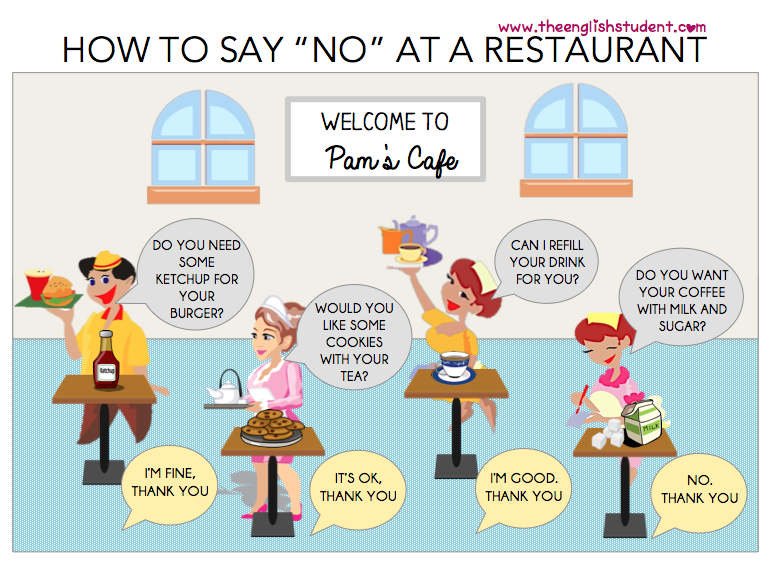 And yes, they can be mastered at any age.
And yes, they can be mastered at any age.
Share
01. Choose your style
The idea here is the same as for sports: if you secretly hate yoga or iron exercises, you are unlikely to go to workouts week after week. To achieve noticeable progress in dancing, a beginner will have to practice a lot and regularly, so it’s better not to torture yourself and choose a direction that really ignites.
You can focus on the music that you like - you need to catch the drive from movements to it. It is music that forms the style of dance and its energy, so decide what is closer to you: for example, funk lovers should try popping or locking, folk fans may like Irish dancing, and if you respect jazz, swing and everything like that, take a closer look at lindy hop.
Another criterion is the nature of the movements. Some are closer to dynamic, as in hip-hop, others are smooth and sensual - for this in tango. There are also health restrictions to consider.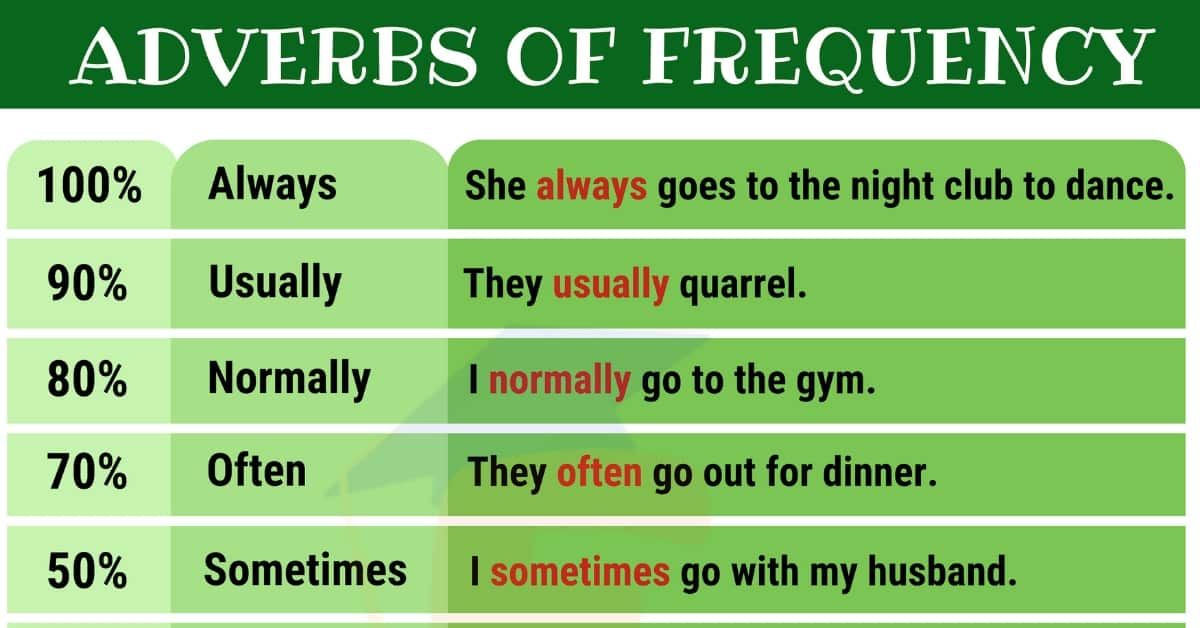 So, twerk is not suitable if there are problems with the lumbar spine, with sore knees it is better not to get involved in shuffle, and it will be difficult for an aged person to master house.
So, twerk is not suitable if there are problems with the lumbar spine, with sore knees it is better not to get involved in shuffle, and it will be difficult for an aged person to master house.
2. Set a goal
Photo: Iakov Filimonov / ShutterstockYou can start dancing at any age, but it's important to keep in mind why you started it in the first place. It is perhaps too bold to expect that in half a year of classes it will be possible to reach the level of international dance championships from scratch. But if you want to try dancing in order to develop plasticity and learn to feel the body better, great, go ahead.
Don't expect to get it right the first time. When you learn from scratch, difficulties are absolutely normal, the main thing is not to score in classes. Over time, both the correct posture and a beautiful gait will be developed, and as a bonus you will also get self-confidence - with freedom of movement, freedom from complexes will come.
3.
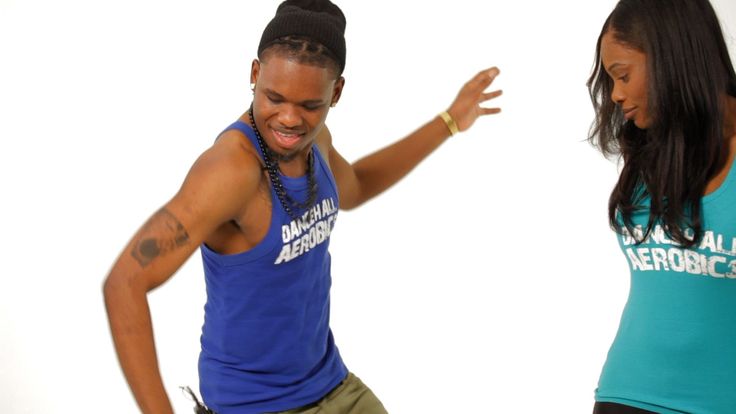 Don't give up on sports
Don't give up on sports Some dances in themselves make for a good workout. A vigorous shuffle will replace cardio, and a break can give a load to almost all muscle groups. And yet, without preparation, it will not be easy. A more or less good stretch is needed in any type of dance, and, for example, strong arms and strong abdominal and back muscles are also useful for pole dancing. You can combine dancing with strength exercises, but you need to give the body time to recover and not plan classes in a row, but allocate at least a day of rest between them.
And don't forget to warm up before dancing. So that the training does not end with an injury, the muscles and joints need to be prepared for the load. You can allocate 10–15 minutes for a warm-up, it should include simple articular gymnastics (at least elementary rotational movements of the shoulders and knees), tilts and dynamic stretching.
4. Take some lessons from a trainer
Especially if you have never danced before.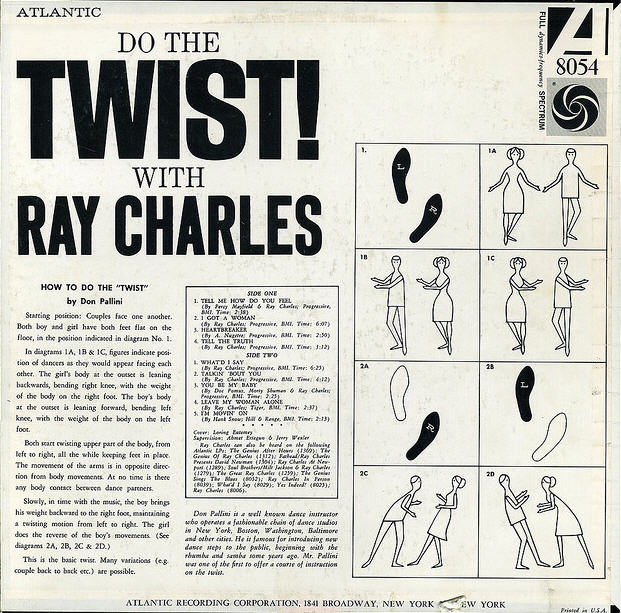 Those with experience can learn new styles at home with video tutorials, but that's because they already know how to control their bodies. Beginners are unlikely to succeed, but disappointment in themselves and demotivation are guaranteed - if you can’t repeat elementary movements, then there’s no point in doing it.
Those with experience can learn new styles at home with video tutorials, but that's because they already know how to control their bodies. Beginners are unlikely to succeed, but disappointment in themselves and demotivation are guaranteed - if you can’t repeat elementary movements, then there’s no point in doing it.
Nothing really strange here. Without preparation, it is difficult to just take it and start moving freely. At least the basic elements are better to master under the guidance of a pro, and when you feel that you are coping, supplement these lessons with home workouts.
5. Learn something new in every class
When you repeat the same set of exercises and movements over and over again, classes turn into a good way to pass your free time, only you can forget about progress. Acquaintance with new elements is the same mandatory part of any workout as a warm-up. It doesn't matter if you work with a mentor or on your own.
Do not immediately try to copy cool dancers.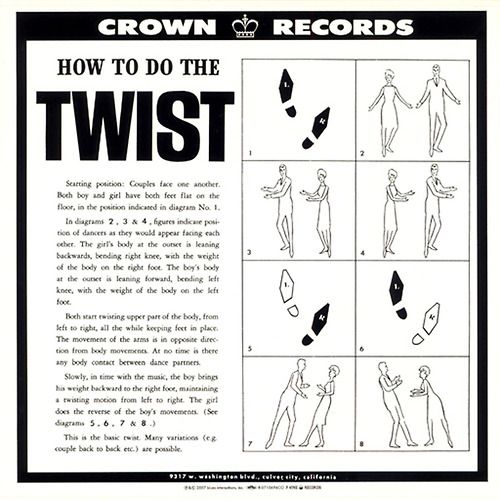 First, study the basic movements, then try to combine them into bundles until you hone them to automatism, and then experiment and improvise, creating something new based on familiar elements.
First, study the basic movements, then try to combine them into bundles until you hone them to automatism, and then experiment and improvise, creating something new based on familiar elements.
6. Record yourself on video
It is not necessary to record the entire workout from the warm-up, it is enough to record only those moments with which you have problems. These can be separate movements or bundles that are not given in any way. Review the video and, if possible, objectively assess what is wrong: perhaps there are technical problems that are difficult to notice in the process. When you understand what's wrong, try to repeat the movement and record it on video again - and so on until you achieve a good result.
This approach will help you find errors and track progress. You can not even limit yourself to memorized ligaments, but improvise - then see how it looks from the outside.
7. Find like-minded people
Photo: Iakov Filimonov / Shutterstock If you need an extra reason not to miss classes, then meeting new people can be a good motivation. It is easier here for those who train in a group. Often the dance school becomes the center of a close-knit community, where people come not only for the sake of classes, but also just to spend time together at dance parties.
It is easier here for those who train in a group. Often the dance school becomes the center of a close-knit community, where people come not only for the sake of classes, but also just to spend time together at dance parties.
Finally, the more partners around, the more experience. Do not limit yourself to dancers of your level of training and practice with those who are stronger or weaker than you. In the first case, you will be able to improve your skills, and in the second, you will try yourself as a coach - this, by the way, is a good way to learn to take more initiative and understand the very principle of movement in dance, and not just memorize the alternation of chords.
Stay fit and connected with the OPPO Watch. They have two powerful processors, a bright AMOLED display, 1 GB of RAM and 8 GB of internal memory, Bluetooth, Wi-Fi and NFC modules. And more than 90 training modes, including those designed specifically for ORRO. Work out cooler with music, you can listen to it in streaming services or download tracks to the memory of your watch.
